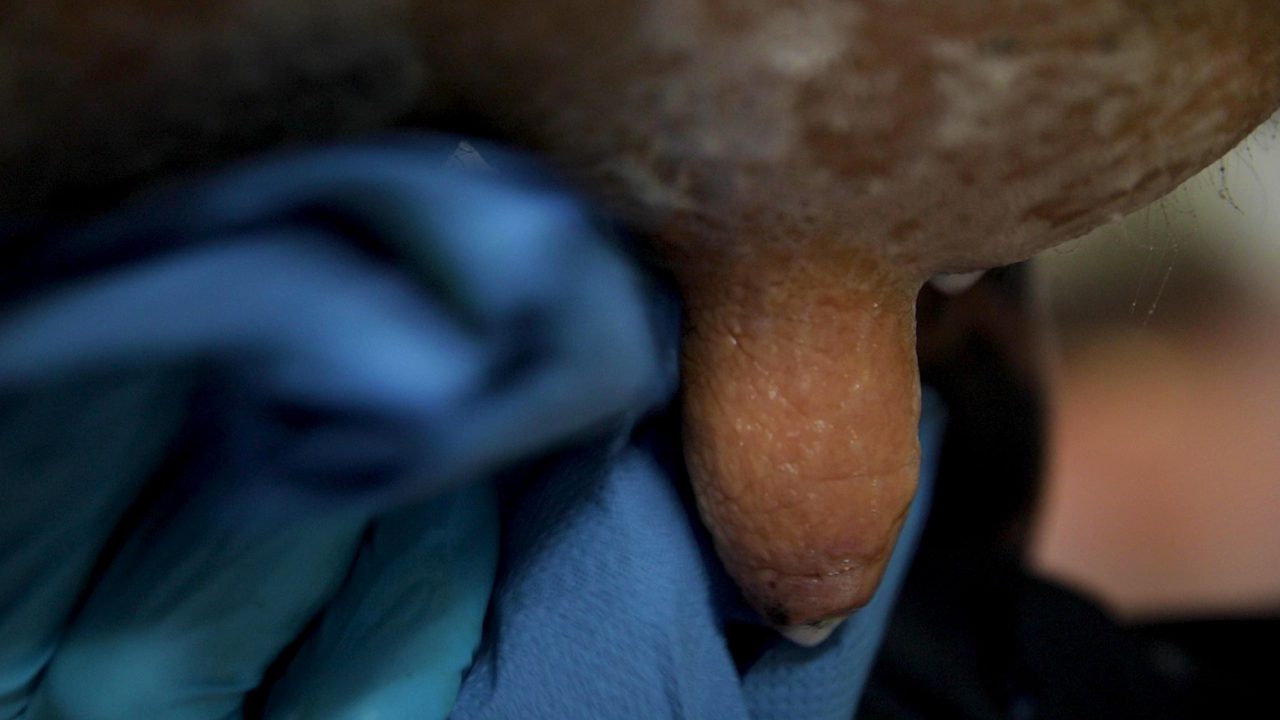A post-milking teat disinfectant is not only an important part of an effective milking routine, but it is also key for mastitis control.
With the new rules around blanket dry cow therapy now in place, the control of mastitis and cell counts on dairy farms has never been as important.
These rules have removed many farmers’ safety nets when it comes to mastitis control and have really put hygiene into focus.
Teat disinfection is an integral part of good milking practice and adequate teat care is vital in any mastitis control programme to:
- Reduce bacterial load;
- Improve teat skin condition;
- Produce high-quality milk.
Teat disinfectant
Teat disinfectants have been used on dairy farms for a number of years now and have been shown to greatly reduce the amount of new infections on farms.
However, the benefit of teat sprays are only seen when they are applied properly so maximum benefit is achieved.
The spray should not be applied as the cow is moving away, it should be applied when the cow in stood in the milking position.
A more effective way for better teat coverage is teat dipping, as it offers farmers better teat coverage.
However, it takes more time and if not cleaned properly it could be a vessel to help with the spread of bacteria from one cow to another.
Checks
It is important that you continually monitor the effectiveness of your post-milking teat disinfectant application.
About 10ml/cow should be used for a dip and 15ml/cow for a spray. Using your herd size, you can determine if you are using enough disinfectant.
For a 100-cow herd, farmers should be using 1L of disinfectant for a dip and 1.5L for a spray per milking.
It is also important to check that the full teat is getting covered.
Spray the cow’s four teats like you normally do, using a paper towel to remove the spray from one teat.
There should be an even coverage of the teat; if not, repeat the process until there is.
A small change in the way you apply the spray can make it more effective and should reduce the bacteria present on the cow’s teat.
